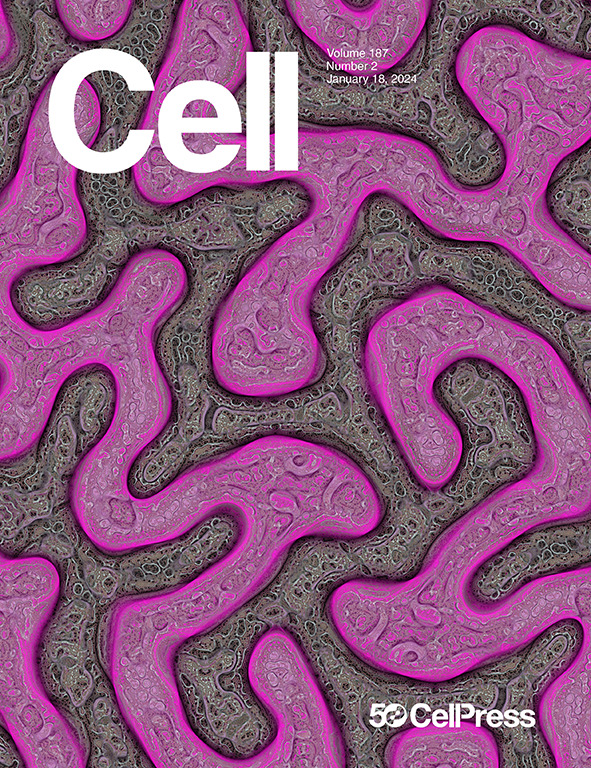Quantifying the varying harvest of fermentation products from the human gut microbiota
IF 42.5
1区 生物学
Q1 BIOCHEMISTRY & MOLECULAR BIOLOGY
引用次数: 0
Abstract
Fermentation products released by the gut microbiota provide energy and regulatory functions to the host. Yet, little is known about the magnitude of this metabolic flux and its quantitative dependence on diet and microbiome composition. Here, we establish orthogonal approaches to consistently quantify this flux, integrating data on bacterial metabolism, digestive physiology, and metagenomics. From the nutrients fueling microbiota growth, most carbon ends up in fermentation products and is absorbed by the host. This harvest varies strongly with the amount of complex dietary carbohydrates and is largely independent of bacterial mucin and protein utilization. It covers 2%–5% of human energy demand for Western diets and up to 10% for non-Western diets. Microbiota composition has little impact on the total harvest but determines the amount of specific fermentation products. This consistent quantification of metabolic fluxes by our analysis framework is crucial to elucidate the gut microbiota’s mechanistic functions in health and disease.

量化人类肠道微生物群发酵产物的不同收获
肠道菌群释放的发酵产物为宿主提供能量和调节功能。然而,人们对这种代谢通量的大小及其对饮食和微生物组组成的定量依赖知之甚少。在这里,我们建立了正交方法来一致地量化这种通量,整合细菌代谢、消化生理学和宏基因组学的数据。从促进微生物群生长的营养物质中,大多数碳最终成为发酵产物并被宿主吸收。这种收获与复合膳食碳水化合物的量有很大的不同,并且在很大程度上与细菌粘蛋白和蛋白质的利用无关。它满足了人类对西方饮食的2%-5%的能量需求,以及对非西方饮食的10%的能量需求。微生物群组成对总收获量影响不大,但决定了特定发酵产物的数量。通过我们的分析框架,这种一致的代谢通量量化对于阐明肠道微生物群在健康和疾病中的机制功能至关重要。
本文章由计算机程序翻译,如有差异,请以英文原文为准。
求助全文
约1分钟内获得全文
求助全文
来源期刊

Cell
生物-生化与分子生物学
CiteScore
110.00
自引率
0.80%
发文量
396
审稿时长
2 months
期刊介绍:
Cells is an international, peer-reviewed, open access journal that focuses on cell biology, molecular biology, and biophysics. It is affiliated with several societies, including the Spanish Society for Biochemistry and Molecular Biology (SEBBM), Nordic Autophagy Society (NAS), Spanish Society of Hematology and Hemotherapy (SEHH), and Society for Regenerative Medicine (Russian Federation) (RPO).
The journal publishes research findings of significant importance in various areas of experimental biology, such as cell biology, molecular biology, neuroscience, immunology, virology, microbiology, cancer, human genetics, systems biology, signaling, and disease mechanisms and therapeutics. The primary criterion for considering papers is whether the results contribute to significant conceptual advances or raise thought-provoking questions and hypotheses related to interesting and important biological inquiries.
In addition to primary research articles presented in four formats, Cells also features review and opinion articles in its "leading edge" section, discussing recent research advancements and topics of interest to its wide readership.
 求助内容:
求助内容: 应助结果提醒方式:
应助结果提醒方式:


